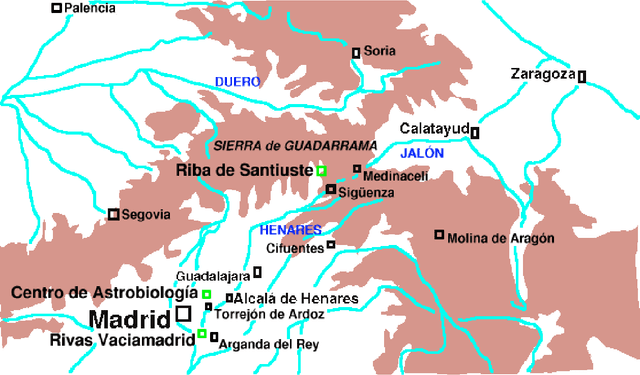The Cyborg Astrobiologist: Scouting Red Beds for Uncommon Features with Geological Significance
Paper and Code
May 23, 2005



The `Cyborg Astrobiologist' (CA) has undergone a second geological field trial, at a red sandstone site in northern Guadalajara, Spain, near Riba de Santiuste. The Cyborg Astrobiologist is a wearable computer and video camera system that has demonstrated a capability to find uncommon interest points in geological imagery in real-time in the field. The first (of three) geological structures that we studied was an outcrop of nearly homogeneous sandstone, which exhibits oxidized-iron impurities in red and and an absence of these iron impurities in white. The white areas in these ``red beds'' have turned white because the iron has been removed by chemical reduction, perhaps by a biological agent. The computer vision system found in one instance several (iron-free) white spots to be uncommon and therefore interesting, as well as several small and dark nodules. The second geological structure contained white, textured mineral deposits on the surface of the sandstone, which were found by the CA to be interesting. The third geological structure was a 50 cm thick paleosol layer, with fossilized root structures of some plants, which were found by the CA to be interesting. A quasi-blind comparison of the Cyborg Astrobiologist's interest points for these images with the interest points determined afterwards by a human geologist shows that the Cyborg Astrobiologist concurred with the human geologist 68% of the time (true positive rate), with a 32% false positive rate and a 32% false negative rate. (abstract has been abridged).
 Add to Chrome
Add to Chrome Add to Firefox
Add to Firefox Add to Edge
Add to Edge